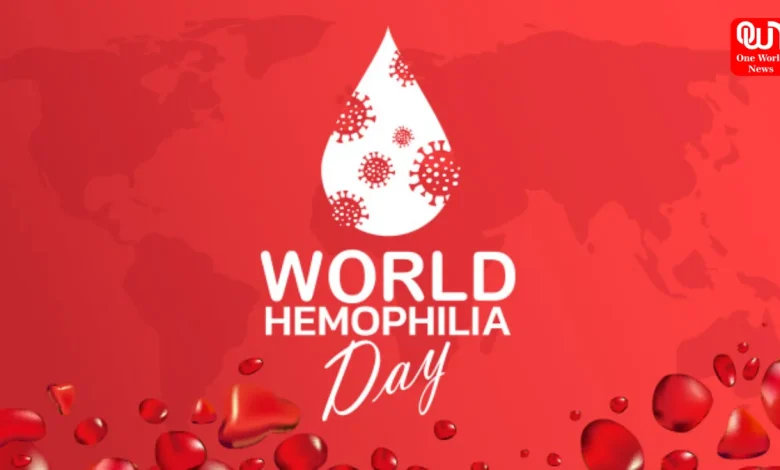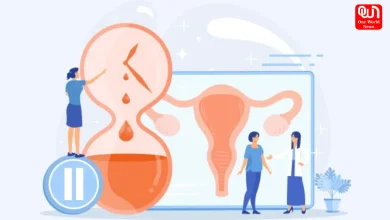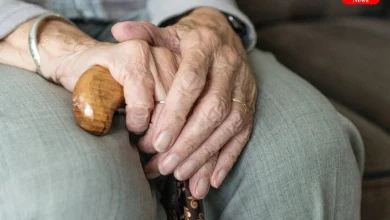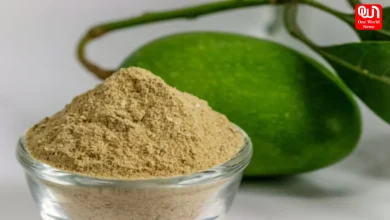World Hemophilia Day 2025: Awareness, Access & Stories That Inspire
Breaking the Silence: Why Women and Girls Deserve Equal Recognition in Bleeding Disorders

Honoring the Legacy of Frank Schnabel and Advancing Global Hemophilia Care
Every year on April 17 we celebrate World Hemophilia Day. The purpose of the day which is dedicated to hemophiliacs is to increase awareness and provide them with a better future. Blood cannot clot properly in hemophilia, a rare condition caused by insufficient blood-clotting proteins. Nowadays World Hemophilia Day is observed all over the world to increase access to specialized care and better diagnosis. Bringing together people with bleeding disorders from around the globe is the aim of World Hemophilia Day.
Background of World Hemophilia Day
Doctors first became interested in hemophilia in the tenth century when they noticed that people, especially men, were bleeding heavily from seemingly insignificant wounds. Abulcasis was the name given to it at the time. Unfortunately at that time technology was not advanced enough to allow for a comprehensive investigation into the illness. Hemophilia is believed to have affected many well-known historical figures especially those from European royal families. When aspirin was used to treat them the hemophiliacs blood became even thinner making their symptoms worse.
When Philadelphia physician John Conrad Otto began looking more closely into people he called bleeders in 1803 he found that it was a genetic disorder that boys inherited from healthy mothers. In a 1926 paper Finnish doctor Erik von Willebrand described pseudohemophilia, a bleeding disorder that equally affects men and women. Eventually the illness was given his name Von Willebrand Disease. At Malmo University Hospital in Sweden Inga Marie Nilsson and associates found in 1957 that the illness was brought on by low or inadequate Von Willebrand factor levels. In 1937 hemophilia was officially divided into two groups A and B.
Hemophilia has no known cure but it can be controlled by routinely injecting clotting factors to reduce episodes of spontaneous bleeding. April 17 was chosen to honor the birthday of Frank Schnabel, the organization’s founder when the World Federation of Hemophilia created World Hemophilia Day in 1989. The day’s objectives are to raise money for those who cannot afford treatment and to raise awareness of the illness and other bleeding disorders.
Timeline of World Hemophilia Day
- 1803 Dr. John Conrad Investigates “Bleeders”
Philadelphia physician John Conrad Otto begins a more thorough investigation into the people he calls bleeders and finds that it is a genetic disorder that is passed down from healthy mothers to boys.
- 1926 Von Willebrand Writes a Paper on Hemophilia
A Finnish doctor named Dr. Erik von Willebrand describes pseudohemophilia, a bleeding disorder that happens to both men and women equally.
- 1937 Hemophilia Classified Into Two Categories
Dr. Alfredo Pavlovsky of Argentina discovers two types of hemophilia in his lab: A and B.
- 1989 W.F.H. Establishes World Hemophilia Day
The World Federation of Hemophilia creates World Hemophilia Day and April 17 is chosen to honor Frank Schnabel the organization’s founder.
Theme for 2025
For 2025, the World Hemophilia Day Theme is “Access for All: Women and Girls Bleed Too”. This theme is to accentuate the requirements of improved treatment and diagnosis in girls and women suffering from bleeding disorders, as they are regularly underdiagnosed and under-treated. It emphasizes providing level-playing field accessibility to care to this group of people.
Year-by-Year Themes
| Year | Themes |
| 2024 | Equitable access for all: recognizing all bleeding disorders |
| 2023 | Access for All: Prevention of bleeds as the global standard of care |
| 2022 | Access for All: Partnership. Policy. Progress |
| 2021 | Adapting to change: sustaining care in a new world |
| 2020 | Get involved to carry the motive of the World Federation of Hemophilia- Treatment for all |
| 2019 | Outreach and Identification |
| 2018 | Sharing knowledge makes us stronger |
Importance of World Hemophilia Day
Only 25% of those affected had access to proper treatment and 4 lakh people or roughly 1 in 10000 live births were thought to be affected by this disorder globally in 2000. However a meta-analysis conducted in 2019 revealed that there are 11 point 25 lakh men with the inherited bleeding condition, a much higher number.
Only around 15% of people worldwide have access to effective treatment for hemophilia even in high-income countries. In low- and middle-income nations high rates of death and morbidity are caused by a lack of resources for diagnosis and treatment.
The 31st anniversary of World Haemophilia Day is being celebrated this year with events aimed at urging the public to support policymakers and the government in providing better treatment prevention and control of bleeding in individuals with bleeding disorders.
Read More : Oral, Head and Neck Cancer Awareness Week 2025: Early Detection Saves Lives
Guide to World Hemophilia Day
- Tell your Tale
On social media tell your story about how you or a loved one has been affected by inherited bleeding disorders.
- Give to the Study of Hemophilia
This day can also be celebrated by going to their official website. You can make a financial contribution to study this condition.
- Switch a Red Light On
Turn on a red light at your home place of business or even a nearby landmark to honor everyone who has a bleeding disorder and raise awareness for World Hemophilia Day. It’s a means of increasing awareness.
Read More : National Healthcare Decisions Day 2025: Planning Today for a Healthier Tomorrow
Importance of World Hemophilia Day
- It Contributes to Raising Awareness
Delays in diagnosis are being caused by ignorance of this rare but serious condition. The number of deaths may rise due to ignorance.
- It Generates Funds for Research
Research on hemophilia is funded in part by World Hemophilia Day. Consequently we can learn how to better handle it.
- It Aids in Demonstrating Support for those Impacted
People who live with hemophilia can connect thanks to World Hemophilia Day. Additionally it makes it possible for the rest of the world to support it.
We’re now on WhatsApp. Click to join.
Like this post?
Register at One World News to never miss out on videos, celeb interviews, and best reads.







